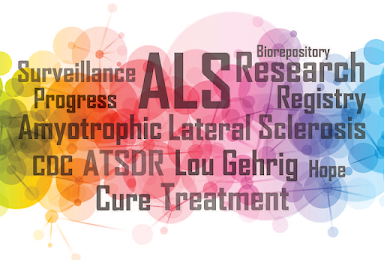Artificial Intelligence is on the lookout for new ALS treatments
Massive datasets might be analyzed by artificially intelligent robots in order to identify possible targets for the terrible illness.
Artificial intelligence robots are accelerating the search for new medicines to treat the debilitating nerve illness known as motor neuron disease, which affects the motor cortex. In this illness, commonly called as the Lou Gehrig's disease, the condition targets and destroys nerve cells that govern the muscles, resulting in muscular weakening, paralysis and eventually respiratory failure. In the United States, the Food and Drug Administration has authorized just two medicines to halt the course of ALS (amyotrophic lateral sclerosis), one of which has been accessible since 1995 and the other which was approved only this year. Globally, around 140,000 new instances are identified each year, and there is currently no ALS treatment for the condition, which was made famous by the cosmologist Stephen Hawking.Using IBM's Watson supercomputer, the Barrow Neurological Institute in Arizona discovered five additional genes linked to the Lou Gehrig's disease or ALS in December of last year. Researchers believe that it would have taken years rather than months to make the discovery if it hadn't been in the machine. According to Mead, ALS is a promising target for artificial intelligence and machine learning because of the rapid increase of genetic knowledge about the disease and the availability of the effective test-tube and animal models for evaluating treatment options. That is encouraging news for ALS patients who are looking for more effective therapy choices. Famous patients include Lou Gehrig, a former New York Yankees baseball player who played from 1923 to 1939; actor and writer Sam Shepard, who died last month; and Stephen Hawking, who is a rare example of someone who has lived with the illness for decades. He and his colleagues in northern England are not the only ones who have begun to see the potential of artificial intelligence to help them better understand the intricacies of Lou Gehrig's disease.
If the research results in the development of new medications, it would be a significant success for artificial intelligence in drug discovery, boosting the hopes of a rising number of start-up firms devoted to the technology. Although AI robots will not replace scientists and doctors in the future, those companies are built on the idea that they will save time and money by identifying potential drug leads many times faster than current methods.





Comments
Post a Comment